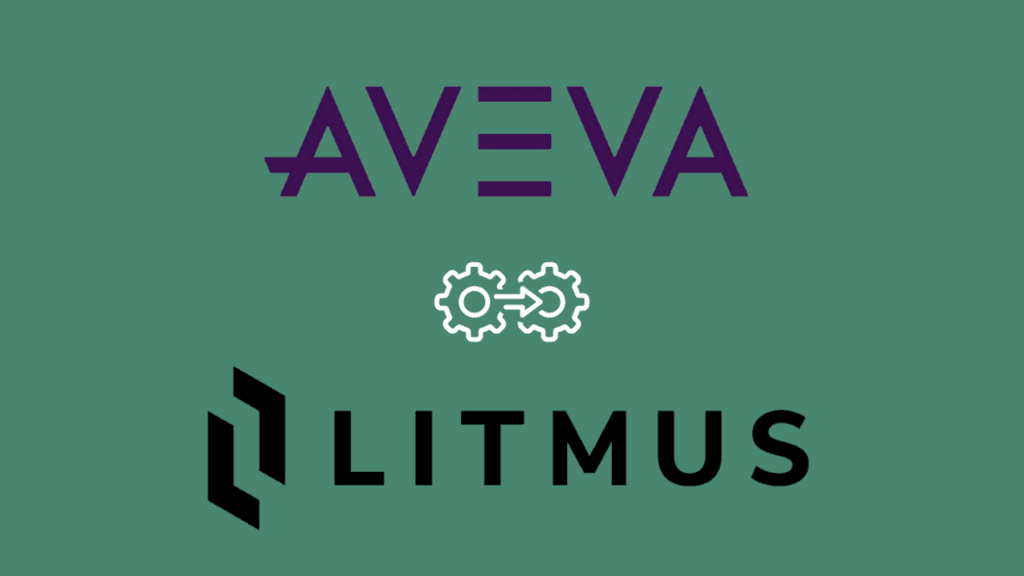Security is top of mind for manufacturers when they deploy an Industrial IoT platform. Litmus Edge is excited to announce the availability of role-based access control (RBAC) from version 3.3.1 onwards. RBAC builds on the security capabilities in the platform, enabling tighter controls on data access.
How does RBAC work in Litmus Edge?
The platform's Users pane provides the interface to manage role-based permissions for the underlying deployment. RBAC in Litmus Edge has three distinct components.
Roles: Each role has a collection of customizable permissions. Roles are added to groups.
Groups: A group is made up of one or more roles. The roles in a group determine the permissions for the group.
Users: User accounts are assigned to groups. The user's access rights are controlled by access to the groups.
There are some default user management items to get you started.
How to add and manage user permissions
By default, every user has the View permission for the platform's System module components, the permission to accept the Litmus Edge end-user license (EULA) when logging in the first time, and to view their current user permissions.
You must have the appropriate permissions to manage roles, groups, and users. See Manage Your User Profile to manage user profiles.
How does it impact Litmus Edge legacy users ?
Litmus Edge version 3.2 and earlier have three user roles: Observer, Developer, and Administrator. When you upgrade to version 3.3 or later:
Any Administrator role is automatically provisioned to the Administrators group with the group's permissions.
Observer and Developer roles are automatically provisioned to the Viewers group with the group's permissions.
Litmus Edge supports:
Active Directory (AD)
LDAP directories using the RFC2307/2307bis schema
Other LDAP directories through direct attribute mapping
Users can map their existing AD/LDAP with Litmus Edge groups. Learn more about LDAP/AD authentication support in the platform.
Next steps
Learn more about RBAC in Litmus Edge to get started today. Book a demo or get started for free today.


